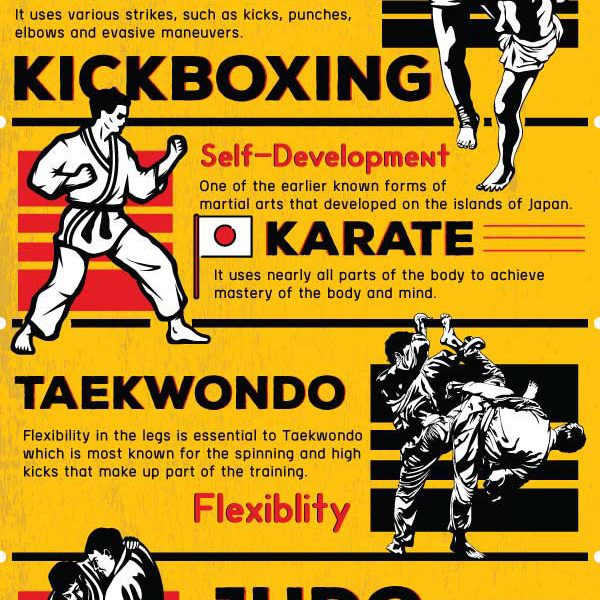Debunking The Various Martial Arts Designs: From Karate To Taekwondo
Debunking The Various Martial Arts Designs: From Karate To Taekwondo
Blog Article
try this -Osman Pierce
Are you tired of sensation bewildered by the large globe of fighting styles? With so many designs to choose from, it can be easy to obtain lost in a sea of punches, kicks, and mystical names. https://martialartskarateforkids66554.blog5star.com/34352256/master-the-art-of-self-defense-unleash-your-inner-warrior-with-self-defense-classes worry not!
This conversation will debunk the different fighting styles designs, taking you on a journey from the effective strikes of Karate to the vibrant kicks of Taekwondo. Prepare to reveal the origins, techniques, and ideologies behind these old art forms.
So, tighten your belt and prepare to start an enlightening expedition right into the captivating globe of martial arts.
Beginnings of Martial Arts Styles
The origins of fighting styles styles can be mapped back to ancient civilizations and their need for protection and combat methods. Throughout history, various cultures established their own one-of-a-kind methods of fighting, each with its very own collection of techniques and approaches.
In China, as an example, fighting styles designs such as Martial art and Tai Chi were created as a way of protection and improving physical and mental wellness.
In martial arts near me for kids , the samurai warriors created styles like Karate and Judo, focusing on self-control, accuracy, and mastery of the body.
In a similar way, in Korea, Taekwondo emerged as a martial art emphasizing high kicks, quick activities, and psychological stamina.
These very early civilizations laid the foundation for the varied range of fighting styles designs that exist today, each with its own abundant background and social importance.
Techniques and Educating Techniques
To understand fighting styles designs, practitioners need to discover various methods and training methods.
Methods are the specific motions and activities made use of in fight, such as punches, kicks, tosses, and obstructs. Various martial arts designs have their own special collection of techniques that practitioners have to master via strenuous training.
Training approaches differ depending upon the style, however they generally include a combination of physical fitness, drills, sparring, and types.
Physical fitness is important to construct toughness, flexibility, and endurance. Drills aid specialists fine-tune their strategies and enhance their speed and accuracy.
Sparring enables practitioners to practice their techniques in a managed, sensible environment. Forms, also referred to as kata, are cut-and-dried sequences of movements that help experts establish muscle memory and emphasis.
Approaches and Principles
Exploring the viewpoints and concepts of fighting styles designs can supply you with a much deeper understanding of your chosen technique. Each martial art has its own distinct viewpoint and collection of directing principles that form the method it's practiced.
For example, Karate emphasizes self-control, respect, and self-discipline. It shows specialists to concentrate their minds and bodies, allowing them to protect themselves while keeping a feeling of inner peace.
On the other hand, Taekwondo positions a strong focus on speed, agility, and flexibility. Its principles are rooted in the tenets of courtesy, integrity, determination, self-discipline, and indomitable spirit.
Final thought
Now that you've checked out the beginnings, methods, and approaches of various fighting styles styles, you have a deeper understanding of these old self-controls.
Visualize https://www.fox13now.com/entertainment/premier-martial-arts , experimenting unwavering determination and emphasis, breaking through boards with a powerful strike.
Their journey showcases the devotion and toughness needed to grasp a fighting style, advising us that with discipline and determination, anything is possible.
